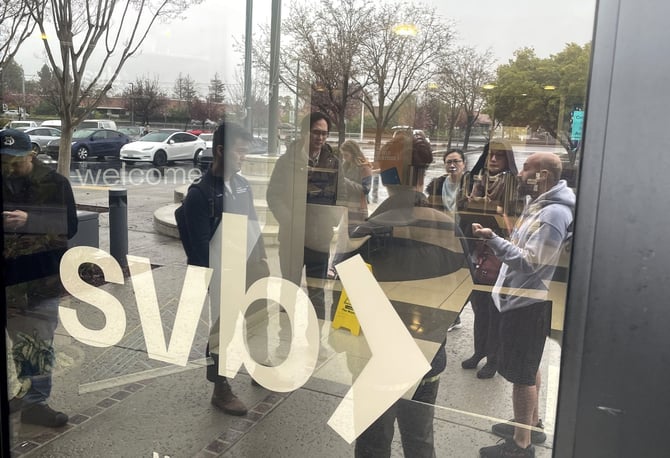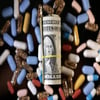After SBV Collapse, US Regulators Bail Out Customers

Silicon Valley Bank collapsed last week, making it the second biggest bank failure in US history and the largest failure of any American financial institution since the height of the subprime financial crisis almost 15 years ago. The bank, the 16th largest in the country, folded after depositors rushed to withdraw their money.
Regulators worked around the clock Friday to seize the bank’s assets. SVB had served mostly technology workers and venture capital-backed companies. At the time of writing, the contagion had been contained and there was little chance of the chaos spreading into the broader banking sector.
Cecilia Rouse, chair of the White House Council of Economic Advisers, said, “Our banking system is in a fundamentally different place than it was a decade ago,” adding that most banks now have healthy balance sheets and plenty of capital.
Treasury Secretary Janet Yellen on Sunday instructed the Federal Deposit Insurance Corporation (FDIC) to guarantee SVB customers will have access to all their money starting Monday. By guaranteeing all deposits – even uninsured amounts – regulators sought to reassert public confidence in America’s banking system.
What does this mean for me?
The bailout will not be funded by US taxpayers, regulators said. Federal officials spent the weekend pressing for an acquisition of the failed bank’s assets and attempted to serve as a facilitator for a private-sector buyer who would immediately take over the bank’s distressed assets.
The FDIC opened an auction Sunday for bids to acquire the bank, with an overwhelming effort from all angles being directed toward finding a new owner for the failed bank’s assets.
More News
.webp)
Japan’s Rate Shift Is Rippling Through Global Bond Markets
1 week ago

China’s Growth Engine Stalls as Consumers and Investors Pull Back
1 week ago

Egypt’s Recovery Gains Traction as Household Pressure Lingers
2 weeks ago

OECD Warns AI and Tariffs Will Test the Global Economy
3 weeks ago

Zero Tariffs, Higher Drug Bills as US and UK Reset Pharma Trade
3 weeks ago

Catastrophe Bonds Go Global as Climate Risk Meets Yield Hunting
4 weeks ago
.webp)
Canada Shields Steel and Lumber Industries From Tariffs
1 month ago

Trump Drops Selected Tariffs in Response to Inflation Pressures
1 month ago